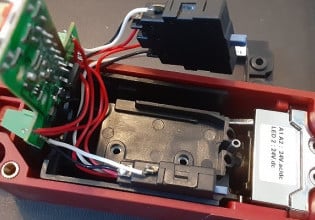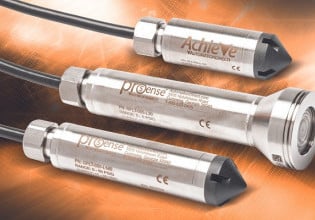Teledyne Launches New Range of Line Cameras for Machine Vision Applications
Teledyne Imaging recently released the Linea Lite, its latest range of line cameras available in 2K and 4K resolutions.
Teledyne Technologies
Teledyne Technologies is an industrial conglomerate that specializes in several different industrial sectors. The parent company, Teledyne Technologies, owns and operates over 100 other company divisions, including Teledyne Imaging. Teledyne recently acquired FLIR Systems, another leader in industrial imaging. with this latest acquisition, Teledyne becomes an even larger player in the machine vision and vision system market.

Teledyne's latest line cameras designed for machine vision applications. Image used courtesy of Teledyne Imaging
Teledyne Imaging handles various divisions of imaging technology in different fields such as medical, industrial, and aerospace. Teledyne’s imaging technology includes visible, NIR, IR, X-RAY, CMOS, Photodiodes, and HgCdTe Infrared FPAs. For the industrial sector, Teledyne DALSA develops various camera technologies for machine learning applications.
What is a Line Camera?
A line camera only has a single row of pixels. These are commonly found on scanners and fax machines. This single row of pixels means these cameras cannot produce an image from one take but are required to move across the area they are imaging.
These cameras are commonly used in industrial applications that involve conveyor belts and other objects in motion at a known speed. The line camera can take extremely large photos, making it faster to process and are often cheaper to manufacture.
Teledyne’s Latest Family of Line Cameras
Teledyne Imaging recently released its latest range of line cameras, the Linea Lite. The new cameras are available in 2K and 4K resolutions in either monochrome or color.

A front-facing image of the Linea Lite camera. Image used courtesy of Teledyne Imaging
The new camera range also integrates all the essential line camera features found in their other products, including programmable coefficients, precision time protocol, and TurboDrive. The precision time protocol (PTP) enables the combination of multiple line cameras to a single computing unit so that pixel lines can be synced to each other accurately. The TurboDrive technology allows the cameras to provide maximum line resolution at rates of up to 50kHz continuous or 64kHz in burst mode.
Video used courtesy of Teledyne Imaging
They also don’t require a change to the connected network. The new camera range also integrates Power-over-Ethernet (PoE) to enable a combined network and power cable.
The new line cameras are suited best for machine learning in industrial applications. The cameras have a windowing ability, allowing them only to report back data in areas of interest. This may help reduce the amount of bandwidth. This reduction of bandwidth can help enable more data to flow and reduces the amount of data that needs to be processed. This can potentially speed up AI and ML algorithms.






